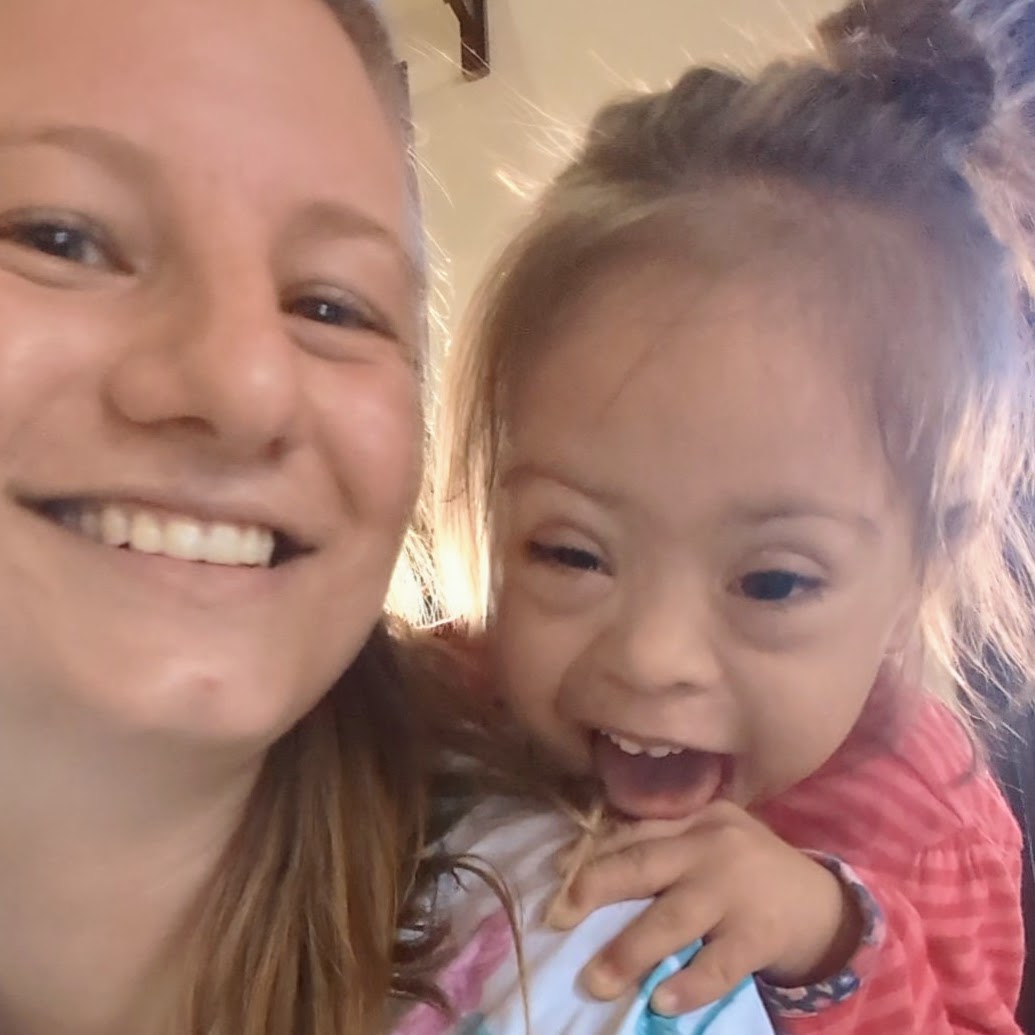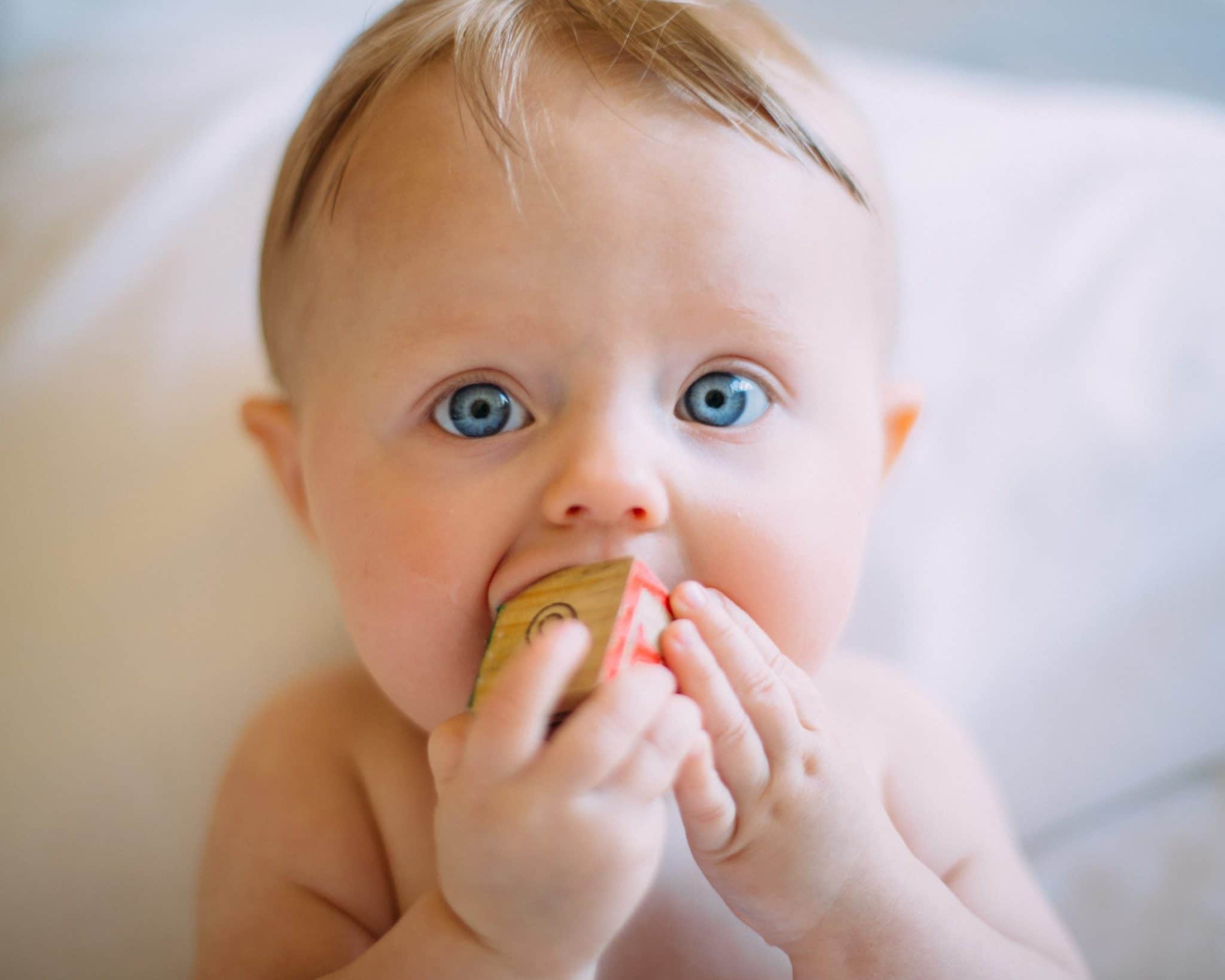Solace Blog
- Activities19
- Autism & Behavioral4
- Community154
- Early Intervention71
- Events & Giving Back20
- Extraordinary Kids22
- Family Caregiver4
- Home Care Therapy60
- News91
- Parent Articles83
- Patient Testimonial21
- Pediatric Therapy76
- Pediatric Therapy Career46
- Private Duty Nursing1
- School-Based Services1
- Telehealth Therapy27
- Tips & Advice66
Speak, Listen, Connect: 6 Communication Strategies for Therapists
Your 5-Minute Mindfulness Break: 5 Simple Ways to Recharge Between Therapy Sessions
The Transformative Power of Occupational Therapy: Peter Leypold’s Journey
Connecting Hearts and Homes: A Deep Dive into Pediatric Home Health with Solace Pediatric Healthcare

Helen Vradelis Discovered Her Passion for Pediatric Speech Therapy as a Teenager

Milestone Development Rapidly Changes In A Child’s First Year
Development Milestones in children refers to how a child comes to handle interacting with more complicated encounters as they grow older. This is not about height or size but about skills that are specifically related to:
- Physical or Gross Motor Skills (crawling and walking)
- Cognitive Skills (thinking and problem solving)
- Communication & Language Skills (talking and listening)
- Social/Emotional Skills (playing and happy)
- Self-Help Skills (eating and dressing)
Each of these skill sets are functional in one way or another and can be associated with specific age groups where these behaviors are likely to show up in day-to-day interactions. Developmental milestones are used by pediatricians to oversee and monitor the rate and success at which a child is developing. Various benchmarks set throughout the development stages from 1 month old to 5 years old are indicators to check and measure progress. In some children these milestones are delayed and develop slower than is typical for their age group.
How will I recognize developmental milestones?
Milestones for each age can be quite detailed. For example, healthychildren.org provides a robust list of behaviors associated with age appropriate milestones. These vary greatly according to age, and parents who make themselves aware of the age appropriate milestones often find themselves consistently monitoring their children for signs of delay. It is fascinating to read the vast range of milestones that can change in a child even from month to month. For example, the milestones for a 1 month old are quite different than for a 3 month old.
To give you an example of this we have listed some milestones for 1, 2 and 3 months old. These have been provided by the American Academy of Pediatrics through a section on Neurology written by Courtney Wusthoff, MD, FAAP, an Associate Professor of Neurology at Stanford University and the Neurology Director for the Neonatal Neuro-ICU at Lucile Packard Children’s Hospital.
Comparing the changing milestones just over the first three months of a baby’s life demonstrates the rapid progression of development that occurs in early stages of childhood.
Month one Milestones
According to Dr. Wusthoff, your baby will not be able to control many of their movements during the first few weeks. As they begin to develop more physical abilities, motions may still be jerky or jittery. But they are learning fast, so hold on!
- Eyes on you. Did you know one of the first parts of the body a baby can move are their eyes? Newborns can only see about a foot in front of them at first, but that’s just enough to move their eyes to gaze at faces near them. Your baby may also look toward familiar sounds and voices.
- Neck control. Newborns can move their head to the side. You may see this with their first feeding, when the “rooting” reflex prompts them to turn toward the nipple. But infants don’t have much neck control the first few weeks. Your baby needs your help to support their head.
- Newborn reflexes. In addition to rooting, your baby may show other reflex movements these first weeks. To see the step reflex in action, hold your baby securely under their arms (support the head, too!) as their feet touch a flat surface; they may put one foot in front of the other in a sort of “walking” motion. This reflex disappears after the first couple months, and most babies don’t take their first “real” steps until about a year old.
Month Two
Your baby’s nervous system has matured some by now. Certain newborn reflexes are beginning to give way to voluntary motions. With improved muscle control, movement becomes more fluid and wigglier. Here’s what else you can expect:
- Heads up on tummy time. Most babies this age can lift their head up when lying on their tummies. Regularly giving your baby some “tummy time” is a great way to help build strength in their neck and trunk. Some will cry when placed on their tummies, but usually do better after a few tries. It helps to have something interesting, such as mom’s face, in front of them so they have encouragement to lift their head. Although too young to actually crawl, your baby may try or begin to push up from a lying position.
- Hand to mouth. During these weeks, your baby may begin to wave their arms around more when excited. Increasingly, their own hands will catch their attention. They may spend a lot of time trying to move them in front where they can be seen. After many tries, they may be able to move them to the mouth. Finger motion is still limited, though, so hands will likely still be clenched in tight little fists. Sucking on them may become a way to soothe themselves.
- A tug of the lips. You may have already noticed random facial movements, including reflexive smiles, while your baby sleeps. But starting sometime around the sixth week, your baby may flash you a first real smile in a genuine gesture of affection or amusement.
Month Three
Your baby’s arm and leg movements continue to become smoother. The “startle” reflex is probably gone by now. They are becoming stronger and better able to coordinate motions.
- Straightening out. You might notice your baby’s whole body now looks more relaxed. Hands will no longer be balled up in fists all the time. In fact, they may entertain themselves by carefully opening and shutting them. They will also enjoy more actively kicking their legs, which are straightening out from their pulled-up newborn position.
- Ready to roll. As the kicks continue to become more forceful, they may soon be able to kick themselves over from the tummy to the back. While most babies can’t roll from back to tummy yet, some may begin rolling over at this age. Be careful never to leave your baby alone on furniture where they could roll over.
- Get a grip. Babies this age may begin to swipe at objects hanging just out of reach. While a newborn reflex causes babies to wrap their fingers around objects that touch the palm, your baby’s grasp may now be more deliberate. They may even be able to hold and shake hand toys.
- Let’s bounce. When held up and supported in a “standing” position on a surface such as your lap, your baby may discover the joy of bouncing. This is a fun way to play together as your baby begins to hold some weight in their legs. It’s best to avoid leaving babies in bouncer seats or harnesses. These can actually slow your baby’s movement progress because they don’t let them practice using their muscles as much.
Dr. Wusthoff’s writings certainly display that there are several things for parents to be watching for even in the earliest moments of their child’s life. It is a great idea to familiarize yourself with these milestones so that you can intervene as early as possible if it becomes necessary.
Paying Attention to Development
Because each child develops in their own way, it’s impossible to put exact timing on when or how a skill will develop. If you are curious about additional signs of delayed development at various ages, you can check our resources as a beginning reference to signs of delayed behavior. As you can see with our example of the differences in a 1 month old versus a 3 month old, early intervention is the answer for infants and toddlers showing signs of delay. Early intervention is key because most of a persons development happened early on.
The experienced team at Solace Pediatrics has the tools to come alongside any child and their family to support developmental delays. Please contact us or visit us at solacepediatrichealthcare.com to learn more.
Share this Post